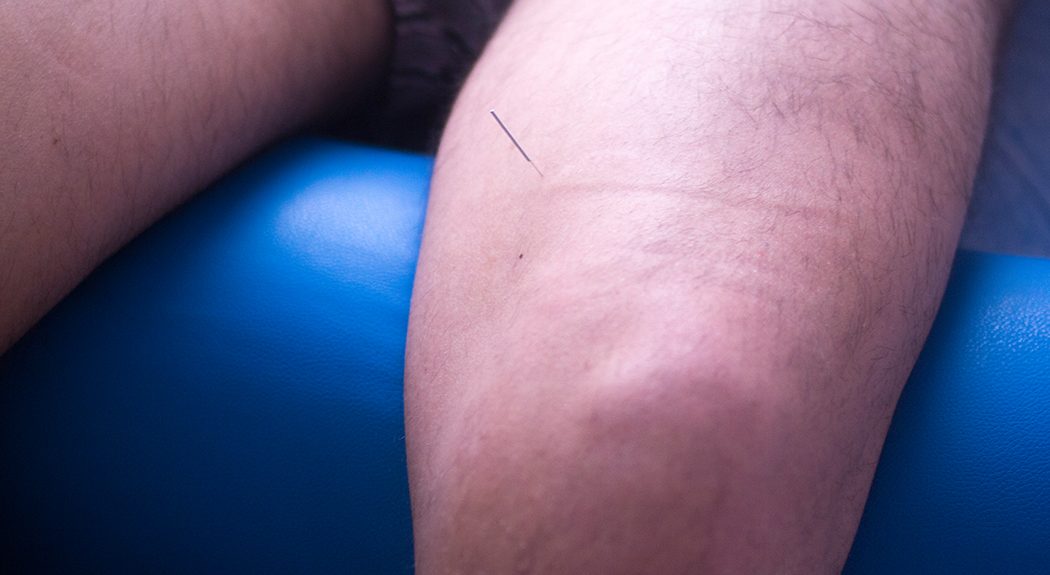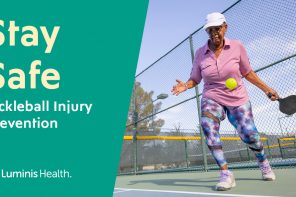Dry needling is a technique that has been around for decades, yet many people remain unfamiliar with it. Specially trained physical therapists use dry needling to relieve pain and improve range of motion for patients.
Dry needling evolved from trigger point therapy. Muscles often form trigger points, or contracted knots, if they’re stressed or strained. “Dry” refers to the fact that no fluids, such as anesthetics or saline, are injected into the trigger point.
What is occurring at the cellular level with dry needling is a complex process. However, a shortened version is the needle inserts into a trigger point in the muscle, which elicits a twitch response. This causes the body to activate an immune response to help healing and decrease pain. In addition, increased blood flow to the area occurs.
The needles are single-use, thin filiform needles, similar to those used for acupuncture. The gauge and length of the needles may vary.
Dry needling is not the same as acupuncture, even though similar needles are used. Acupuncture is based upon traditional Chinese medicine, while dry needling is based upon Western medicine. Traditional Chinese acupuncture uses needles to direct energy, while physical therapists use dry needling to release tight muscles.
With acupuncture the needles go into meridian pathways, while with dry needling the needles go in to trigger points to reduce pressure and pain. Dry needling often evokes a localized twitch response that helps decrease muscle contraction, improve flexibility and decrease pain.
Dry needling can help many chronic and acute conditions. This includes conditions where manual physical therapy techniques haven’t reduced pain sufficiently. Dry needling can help treat many diagnoses including, but not limited to, chronic neck and back pain, headaches, and overuse injuries. Overuse injuries include tendinitis of the rotator cuff, tennis elbow, runner’s knee, etc.
Not everyone is an ideal candidate for dry needling. While dry needling can benefit many, there are some who are not good candidates. This includes those with needle phobia or who have a history of an abnormal reaction to an injection. Those with lymphedema or who are in their first trimester of pregnancy may not be ideal candidates either. Dry needling is not for those with unmanaged blood-clotting or immune-system disorders. Plus, the American Physical Therapy Association does not recommend dry needling for children younger than 12. Always check with your medical provider or physical therapist if you have concerns.
Trigger points are often the result of lack of mobility of a joint, muscular weakness, repetitive stress and/or improper movement patterns. They are the “effect.” In order to restore normal function, we must treat the “cause.” Dry needling is just one tool a physical therapist may use in your treatment plan to achieve this goal.
 Melissa Lambiasi, DPT, is a physical therapist certified to perform dry needling with Anne Arundel Medical Group (AAMG) Physical Therapy. She works in AAMG Physical Therapy’s new Severna Park office and can be reached at 443-481-1140.
Melissa Lambiasi, DPT, is a physical therapist certified to perform dry needling with Anne Arundel Medical Group (AAMG) Physical Therapy. She works in AAMG Physical Therapy’s new Severna Park office and can be reached at 443-481-1140.




